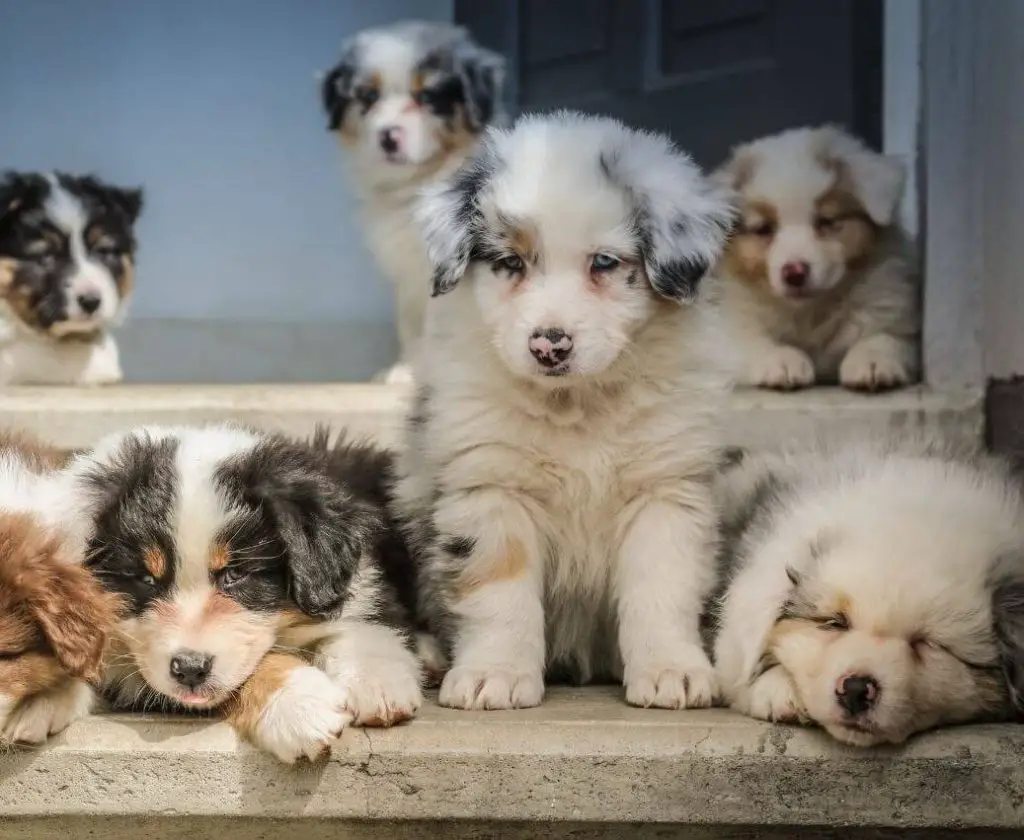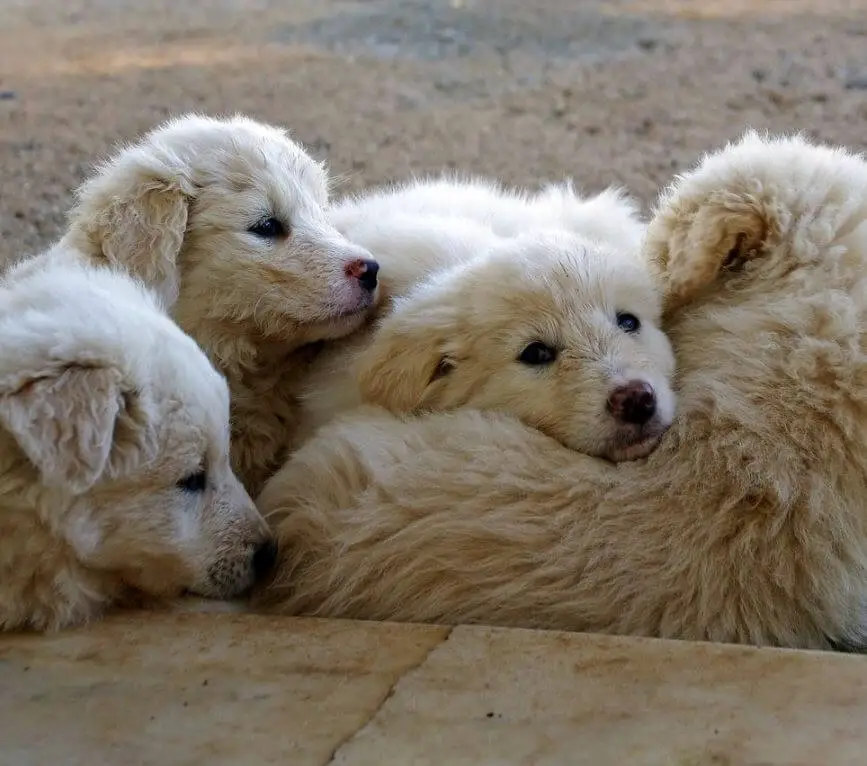The familial bonds between dogs can be incredibly strong, sparking curiosity about the nature of their relationships with siblings. A common question among pet owners is, “Do dogs think about their siblings?” In this article, we will delve into the intricate world of canine social bonds and explore whether dogs maintain thoughts or memories of their siblings as they navigate through life.

Canine Social Structures:
Dogs, descendants of social animals like wolves, often form close-knit groups within their litters. These early connections contribute to the development of social skills and behaviors. While dogs may not consciously “think” about their siblings in the way humans do, the imprint of early social interactions influences their overall socialization and interactions with other dogs throughout their lives.
Scent and Recognition:
Dogs have an exceptional sense of smell, and scent plays a crucial role in their recognition of other dogs, including siblings. Research suggests that dogs can remember and recognize the scents of their littermates even after being separated for an extended period. The olfactory memory contributes to the reconnection and familiarity when dogs encounter their siblings later in life.

Observational Learning and Behavioral Patterns:
During their early weeks, puppies engage in play and social activities with their littermates, shaping their behavioral patterns. While dogs may not consciously think about their siblings, they do carry the influence of these early interactions into their adult lives. Behavioral patterns learned from siblings, such as play styles and communication cues, can influence how dogs interact with other dogs in the future.
Reunion Reactions:
In situations where dogs are reunited with their siblings after a separation, observable behaviors may suggest a recognition and familiarity. Dogs may display excitement, wagging tails, and friendly interactions, indicating a positive response to the presence of a former littermate. These reactions provide glimpses into the depth of canine social bonds.
The Role of Individual Personalities:
Just like humans, dogs have distinct personalities. While some dogs may show overt signs of recognition and excitement upon encountering a sibling, others may display more reserved reactions. The diversity in individual dog personalities contributes to varying responses in terms of thinking about or recognizing their siblings.

Conclusion:
While it’s challenging to definitively state whether dogs consciously think about their siblings, the evidence suggests that the influence of early social connections remains embedded in their behaviors and interactions throughout life. Canine social bonds, shaped by early experiences with littermates, contribute to the rich tapestry of a dog’s socialization and relationships with other dogs.
In conclusion, the question of whether dogs think about their siblings invites us to explore the enduring impact of early socialization on canine behavior. The recognition of scents, the influence of learned behaviors, and observable reactions during reunions all point to the significance of canine social bonds. Understanding and appreciating these connections enhance our comprehension of the depth and complexity of the social lives of our beloved four-legged companions.
